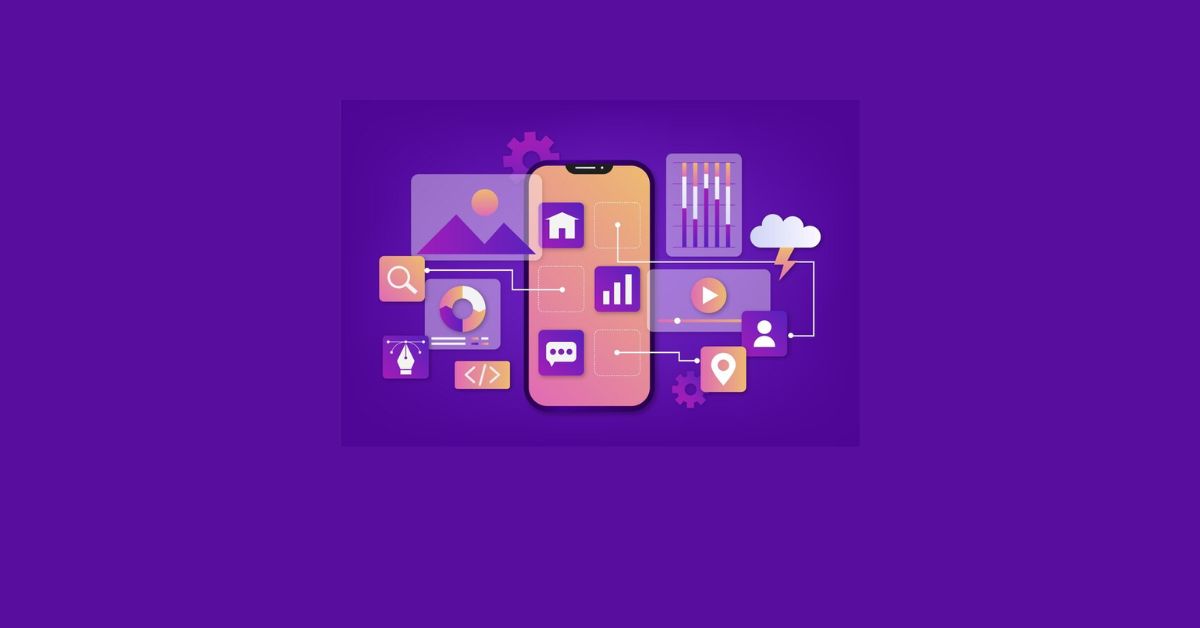Since mobile devices are the main way people access the internet in today’s digital world, web development must follow a mobile first design strategy. Prioritizing a smooth and effective user experience on smaller screens before scaling up for larger devices is known as mobile first design. This strategy provides accessibility, increases SEO ranks, and enhances site performance in addition to meeting the needs of the expanding number of mobile visitors. Developers may create more resilient and adaptive websites that offer a better experience on all devices by starting with designing mobile website demands in mind.
- What is Mobile First Design?
– RWD, or Responsive Web Design
– Genuine Progress and Successful Reduction
– Progressive Advancement - Designing for Mobile First: When, Why, and How
- The Value of Designing for Mobile Initially
- Modern Web Development Must Prioritize Mobile Design for several Reasons
– Increased Mobile Usage
– Better User Experience
– Quicker Load Times
– SEO Benefits
– Efficient Design Process
– Accessibility - Conclusion
What is Mobile First Design?
Mobile First Design is a design philosophy that prioritizes the mobile user experience before scaling up to larger screens like tablets and desktops. This approach ensures that the most critical elements of a website or application are easily accessible and functional on mobile devices, which typically have smaller screens and limited resources. By starting with the mobile experience, designers can create more focused and streamlined interfaces that enhance usability and performance across all devices.
You should first be familiar with the following three phrases to appreciate the notion of mobile first design properly.
RWD, or Responsive Web Design
With the use of mobile first responsive web design, websites can be made to automatically adjust to the displays of various devices, presenting content in a way that makes users feel at ease. This significantly lessens the amount of time people spend scrolling, panning, and zooming when online.
Genuine Progress and Successful Reduction
Before responsive web design, there existed these two ideas. To ensure that web or application interfaces display appropriately across many devices, designers offer customized versions of their products for various purposes.
Progressive Advancement
Progressive Advancement is the process by which we design a product and then create a version for a lower-end browser (such as one on a mobile phone). The most fundamental features & functionalities are included in this edition. Then, to improve the user experience, we move on to the advanced version for a tablet or PC, which is made by incorporating interactivity, more intricate effects, etc. on the basic version.
In contrast, “Graceful Degradation” begins with a more sophisticated form of the product, such as a desktop, and gradually develops it up to a version with a full range of functions. Next, by removing some features or contents, designers make the product compatible with mobile devices.
Designing for Mobile First: When, Why, and How
In 2022, users will not tolerate a user interface design that is not aesthetically beautiful and that is not responsive across all screen sizes. The customer wants an amazing surfing experience whether they are using a PC, iPad, or mobile device. Designing initially for mobile devices and then modifying it to work with tablets, laptops, and desktop resolutions is known as mobile first design. Even while a design should appear amazing on all screen sizes, the best designs are usually the ones you create initially. Designers ought to start with mobile devices since they are the ones that are utilized for internet browsing the most frequently. In 2015, they accounted for 30% of all web searches; today, they account for over 60% of them, and we believe that percentage will continue to climb in the years to come.
The Value of Designing for Mobile Initially
All websites, especially e-commerce sites that sell products online must have a mobile-friendly layout. To shorten the time it takes for customers to back out of a transaction, online businesses work hard to streamline the buying process. Because increasing the number of clients who make purchases is intimately related to boosting conversion rates, successful stores will go to considerable lengths to achieve this goal. When customers browse your online store on their phones, a mobile first design ensures that they can find the most relevant products quickly and decide whether or not to buy them. The perceived complexity of mobile experiences is influenced by a variety of factors; thus, mobile first design provides a chance to carefully and purposefully take these elements into account.
Including mobile devices in your design process can improve any information-based content. It could lead to longer periods of user engagement. This is particularly useful if you are an advertiser-supported blogger or a small business trying to grow. By keeping a mobile user on your website longer, you can increase the chances that they will click on an advertisement or read anything compelling enough to decide to choose you for their business.
Modern Web Development Must Prioritize Mobile Design for Several Reasons
Increased Mobile Usage
As smartphones and tablets become more and more common, people are utilizing them for web browsing much more frequently. This update emphasizes how important it is to design websites with mobile devices in mind. Optimizing webpages for the majority of visitors who view them on smaller displays, will enhance user experience and engagement overall. In many places, mobile internet usage has surpassed desktop internet use due to the widespread use of smartphones and tablets. By making mobile design your main focus, you can make sure that your website is optimized for the vast majority of visitors who access the internet on mobile devices.
Better User Experience
By giving priority to important features and information, the mobile first responsive design improves user experience by producing a simple and easy-to-use interface. This strategy makes the website more accessible and user-friendly, which raises user happiness and engagement. It also guarantees simple navigation and seamless interactions on smaller displays.
Quicker Load Times
Mobile first design prioritizes faster load times by optimizing images, scripts, and other resources for mobile devices. As a result, even on slower connections, web pages are lighter more efficient, and load quicker. All users gain from the enhanced performance, which makes browsing more responsive and seamless.
SEO Benefits
By prioritizing the optimization of pictures, scripts, and other resources for mobile devices, web design in mobile-first design promotes speedier load times. As a result, even on slower connections, web pages are lighter and more efficient, and load quicker. This approach, coupled with advanced SEO tips, ensures that all users gain from the enhanced performance, making browsing more responsive and seamless.
Efficient Design Process
Starting with the smallest screen size possible, a mobile-first design expedites the development process by giving priority to the most important features and information. With this method, a more concentrated and well-organized design can be gradually improved for bigger screens. Consequently, this streamlines the development process and cuts down on the amount of time and complexity required to redesign and adapt for various devices.
Accessibility
By utilizing the built-in accessibility features of mobile devices, such as screen readers and touch navigation, mobile-first design improves accessibility. Developers who prioritize mobile design produce streamlined, clutter-free user interfaces that are simpler for all users—disabled or not—to traverse. By adhering to accessibility guidelines and addressing a range of user demands, our mobile-first approach accessibility-focused approach guarantees a more inclusive online experience.

Related To Read
Conclusion
The practice of web designing mobile-first user interfaces for mobile devices first, and then scaling them up for tablets and desktop computers, is known as “mobile first design.” Many of the problems that arise when converting from desktop to mobile, like sluggish load times, more usability, and challenging navigation, are eliminated.















